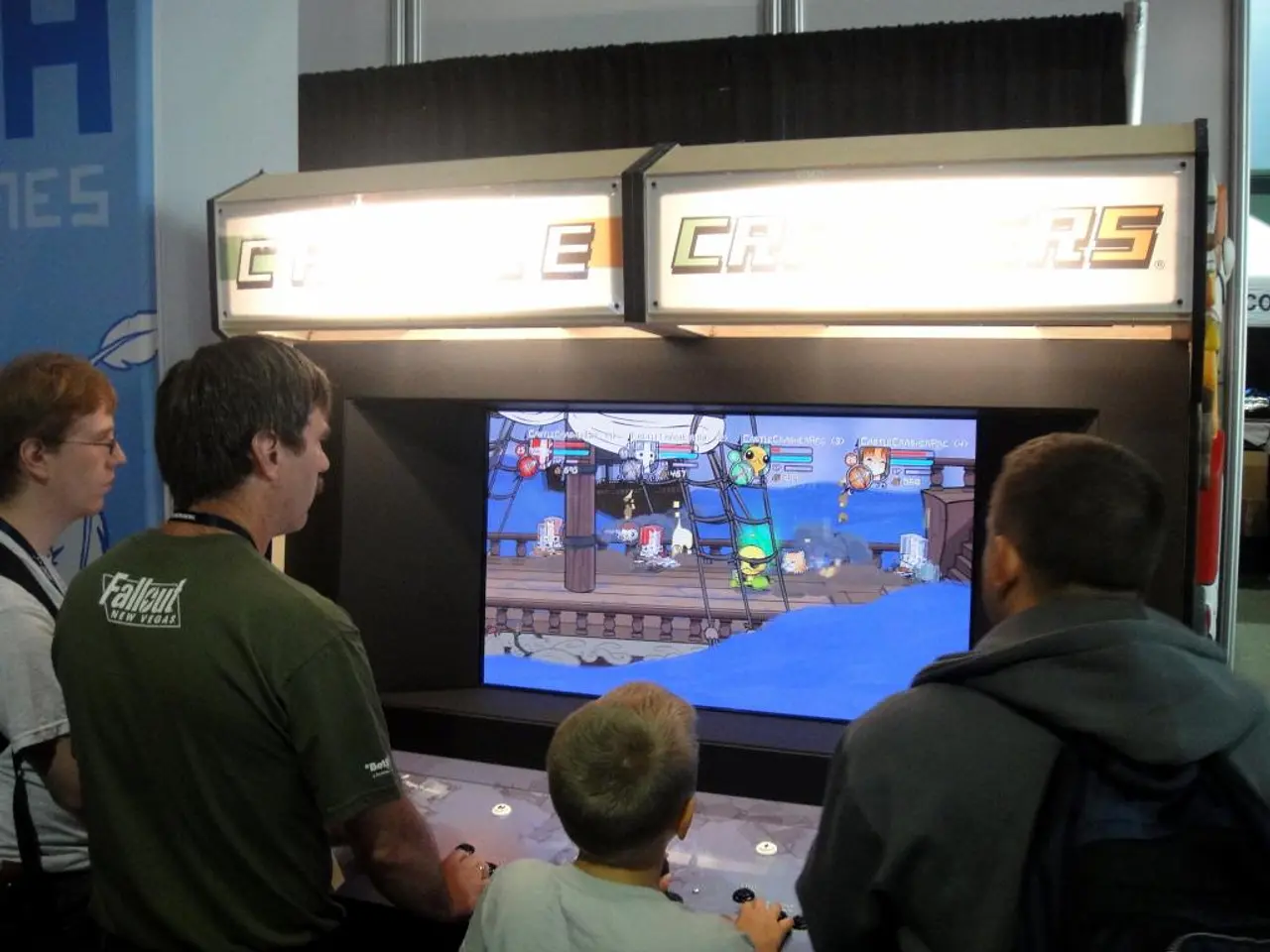Revived Laptop Escapes from Technical Graveyard
Alright, let's dive into this! You've got a busted universal adapter, just like the one Kasyan TV had on their laptop. But fear not, it ain't rocket science! You can fix it yourself if you wan'NAH. Here's the skinny on how to do it:
Tear it downFirst things first, open that bad boy up and take a look inside. You'll notice it's pretty packed with components, so be careful not to miss anything. Look for any signs of wear and tear, like burnt bits, bulging caps, or charred spots.
Plan your attackOnce you've got a good idea of what's going on inside, it's time to map out the circuit topology. That means understanding the connections between the different components, like power factor correction, sync rectifiers, snubber circuits, and heat sinks. Sketching a diagram or following an existing schematic can help a lot.
Zero in on the trouble spotsIn Kasyan TV's case, trouble started with capacitors that were pushin' their limits. So, take a close look at your electrolytic caps, especially if they're bulging or leaking. Inspect your sync rectifier FETs, too, as they can fail short circuit-style. And don't forget about snubber diodes, which can cause issues due to voltage spikes.
Test everythingNow that you've got your suspects in mind, it's time to test 'em out. Use a multimeter to check FETs for shorts between drain and source, test diodes for proper biasing, and use an ESR meter if you've got one to test caps. Make sure no PCB traces are burnt or broken and fix any that are.
Repair and reassembleSwap out any dead FETs withsome better alternatives, replace that pesky snubber diode if it's causing issues, and replace caps if they're on their last legs. Fix any busted PCB traces and reassemble everything once you're done. Don't forget to properly insulate everything!
Test againOnce you've put the adapter back together, test it with a programmable load to make sure it's delivering the goods - voltage and current-wise - without catching fire or acting wonky. Keep an eye on the temperature, too, to make sure it ain't overheatin'.
Additional thoughtsFixin' stuff like this requires electronics knowledge, the right tools (think multimeters and soldering irons), and basic safety awareness, as you're dealin' with mains voltage. It's usually worth the effort, but keep in mind that safety and reliability are the most important things. And if you're new to this, maybe watch Kasyan TV's video for some extra help. Happy troubleshootin'!
The process of repairing electronic gadgets like universal adapters might involve understanding concepts such as data-and-cloud-computing, but for this specific repair, you'll need to focus on the hardware components of the PCB (Printed Circuit Board), such as capacitors, sync rectifiers, snubber circuits, and heat sinks. Once you've repaired the damaged components, test the adapter again to ensure it's functioning correctly and safely, and remember to use the right tools and follow basic safety precautions while working with mains voltage.




